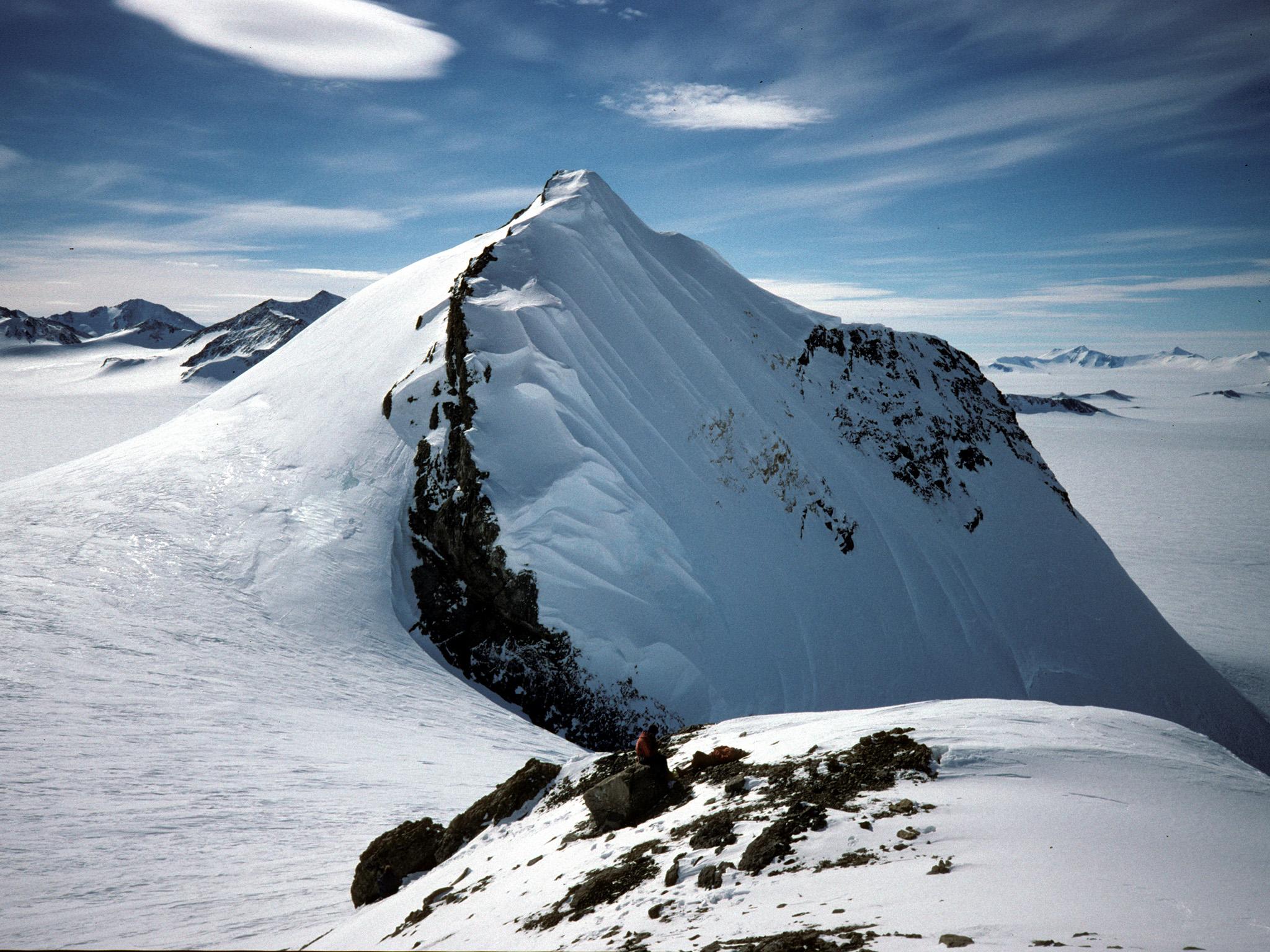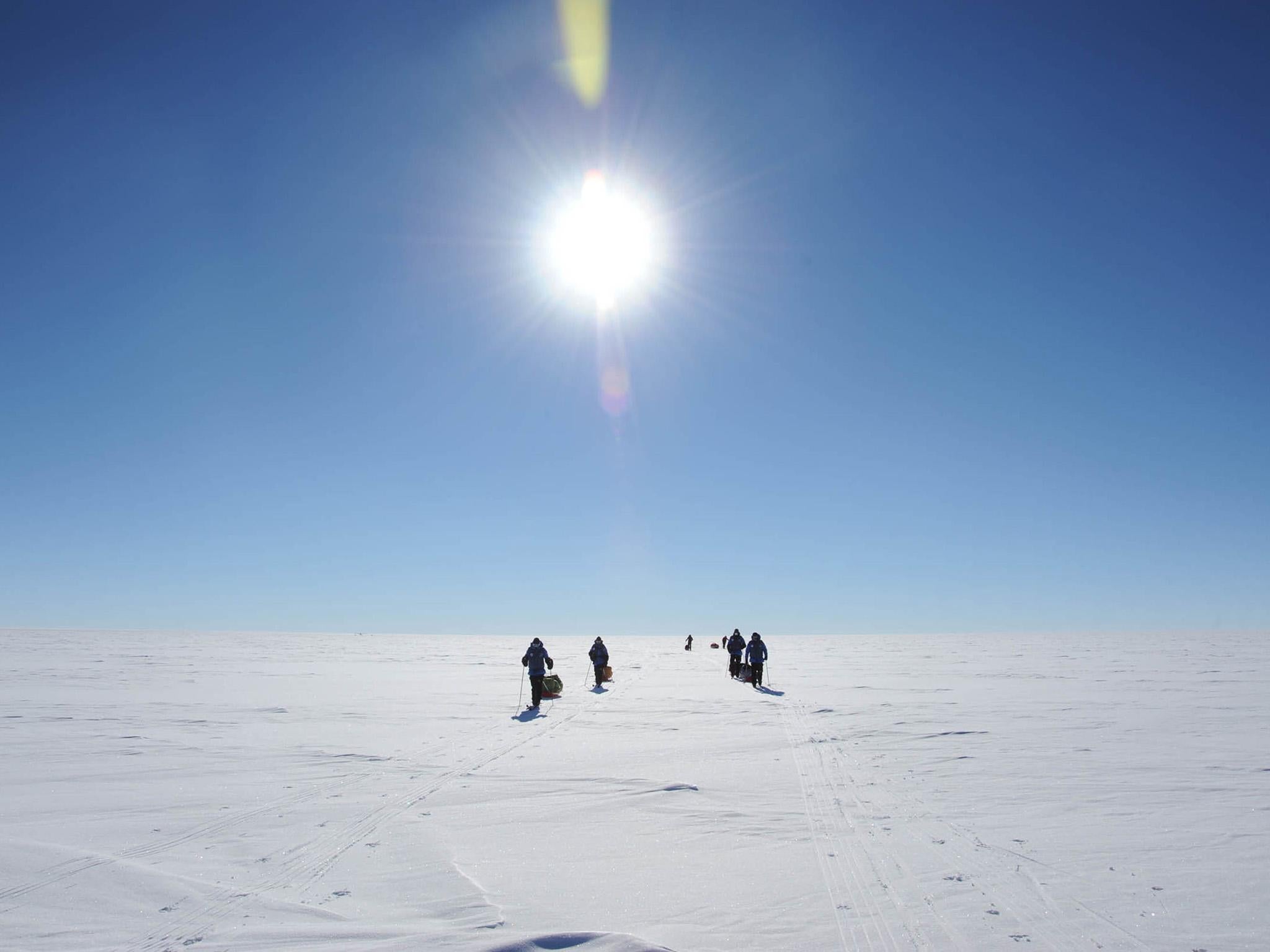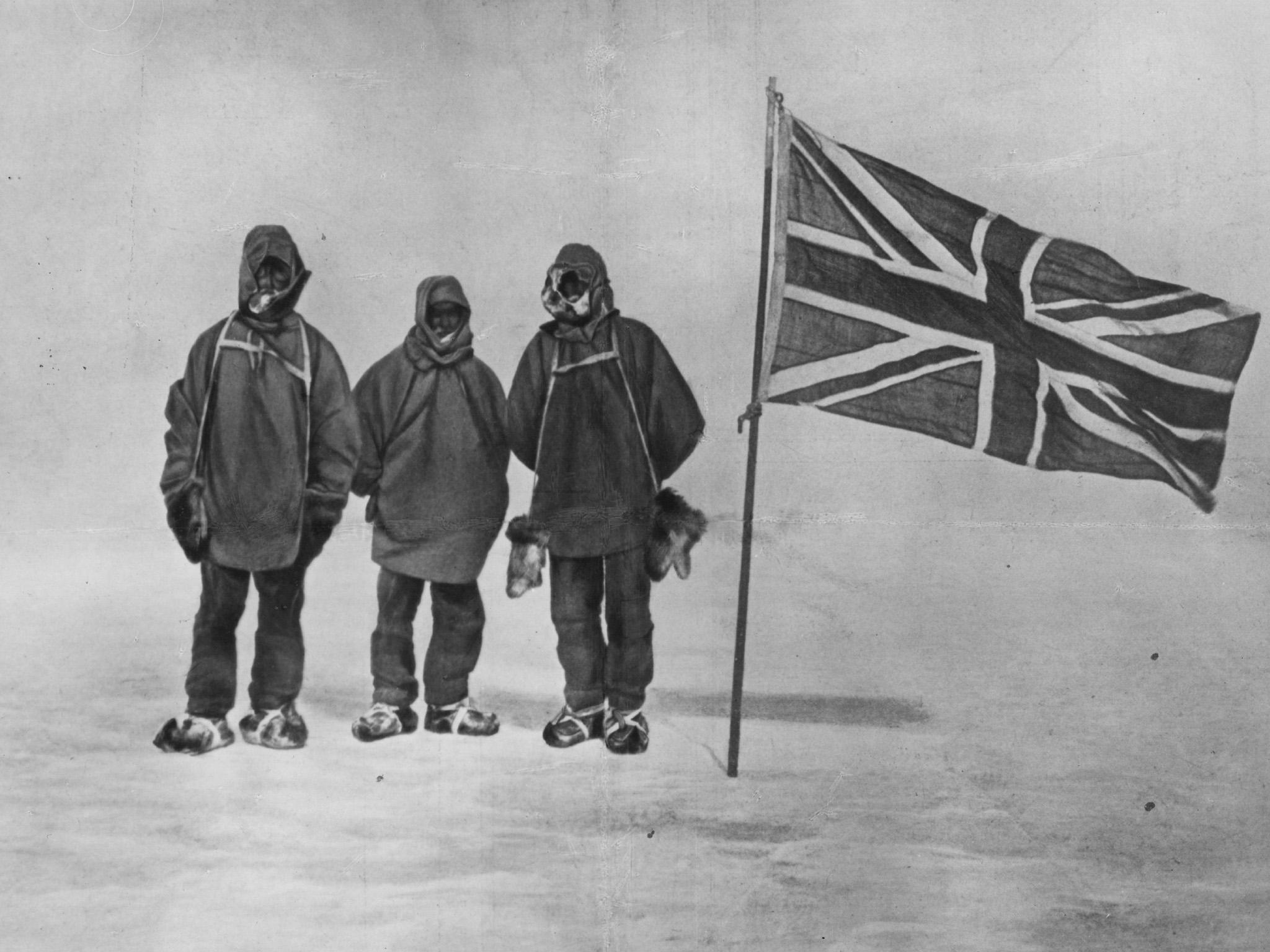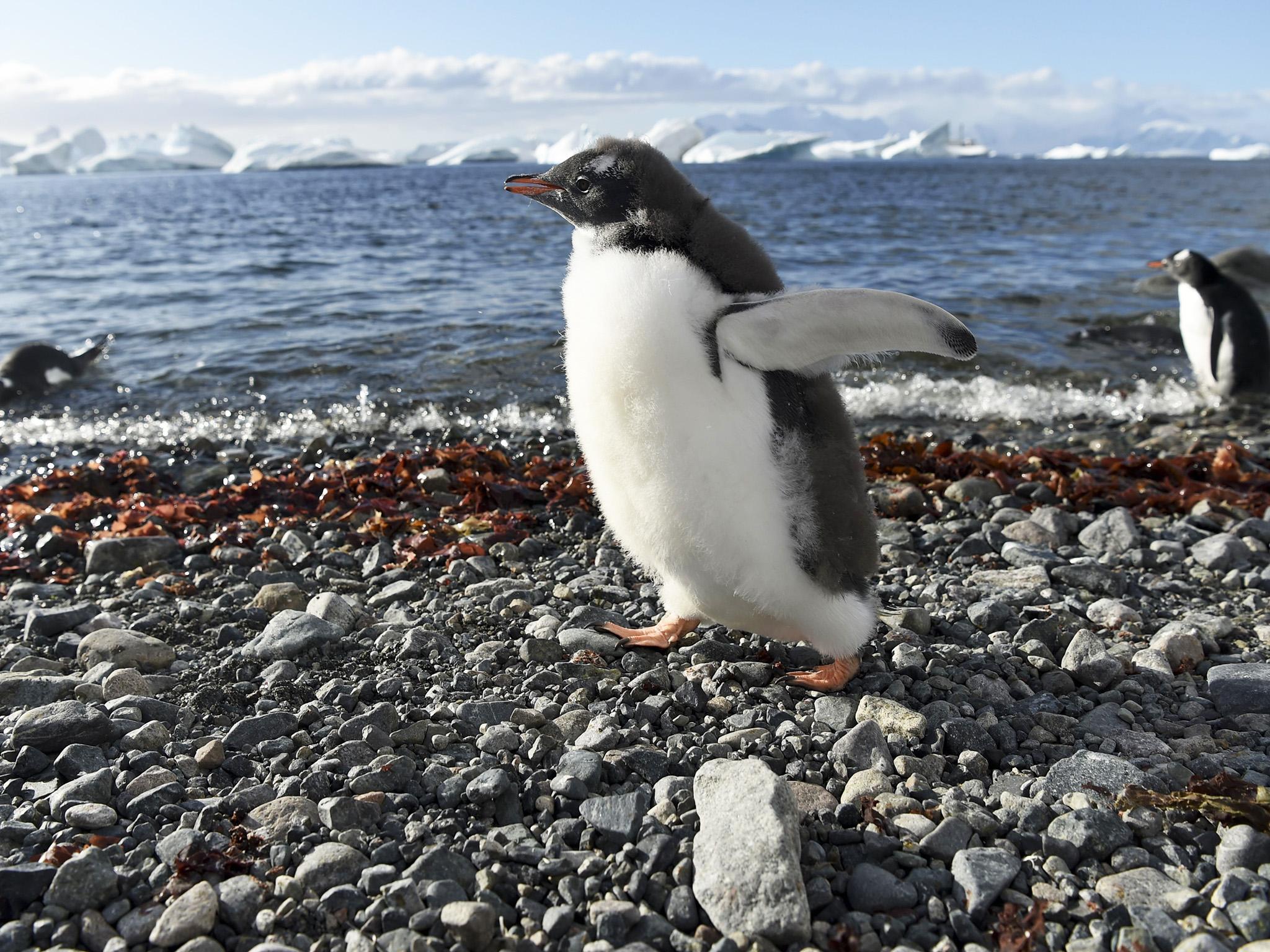Geopolitics threatens Antarctica's future as a peaceful hub for science
Emerging global powers and the new geo-political landscape are challenging the status quo on the southern continent, threatening Antarctica's future as a peaceful hub for science. Ashley Coates reports

Your support helps us to tell the story
From reproductive rights to climate change to Big Tech, The Independent is on the ground when the story is developing. Whether it's investigating the financials of Elon Musk's pro-Trump PAC or producing our latest documentary, 'The A Word', which shines a light on the American women fighting for reproductive rights, we know how important it is to parse out the facts from the messaging.
At such a critical moment in US history, we need reporters on the ground. Your donation allows us to keep sending journalists to speak to both sides of the story.
The Independent is trusted by Americans across the entire political spectrum. And unlike many other quality news outlets, we choose not to lock Americans out of our reporting and analysis with paywalls. We believe quality journalism should be available to everyone, paid for by those who can afford it.
Your support makes all the difference.It spreads over 660,000 square miles, is entirely self-financing and has been claimed by Britain since 1908. Yet this vast patch of land, three times the size of the UK, has no resident population and is almost entirely covered by permanent sheet ice.
Located between territorial claims by Norway and Chile, the British Antarctic Territory is home to colonies of elephant seal and emperor penguin, as well as its own glaciers and the 3,184 metre tall Mount Jackson. Towards the south, the 169,000 square mile Queen Elizabeth Land was named after the Queen at the time of her Diamond Jubilee in 2012. Although the renaming infuriated the Argentinian government, for the past 60 years, the Antarctic has been held up as a model of international cooperation.
In the first significant arms control treaty of the Cold War, 12 nations signed up to the 1959 Antarctic Treaty System, agreeing to ban all military activity on the continent and allow for the freedom of scientific endeavours. Any country can now set up a research facility anywhere on the island, while mining activity is banned and strict environmental protocols have to be adhered to.
Today seven territorial claims resembling slices of a cake stretch from the shore to the South Pole. Unresolved by attempts at international arbitration in the fifties, Britain’s claim is overlapped by both Chilean and Argentinian claims. Argentina’s claim is entirely overlapped by the British and Chilean claims. South of the Chilean claim is the world’s largest unclaimed land mass, Marie Byrd Land, stretching from 90°W to 150°W and covering an area of 620, 000 square miles.
Although they were signatories to the Antarctic Treaty System, Russia and the United States reserved the right to claim territory at a future date. Despite the potential for conflict, the 60-year-old treaty has resulted in an atmosphere focused on learning and cooperation. “Some major scientific breakthroughs have come out of Antarctica,” according to Anne-Marie Brady, executive editor of The Polar Journal and professor in political science at the University of Canterbury in New Zealand.

“The privileging of science as the main legitimate activity in Antarctica since the signing of the Antarctic Treaty has been a boon for the scientific community. Their activities in Antarctica serve both political and scientific goals.”
Yet there may be trouble on the horizon for Antarctica as a hub for science and as a model for international relations. Antarctica is understood to have significant reserves of oil and gas as well as deposits of coal, chromium and iron ore. According to the US Geological Survey, there could be as many as 36 billion barrels of oil and gas buried under the ice and rock, almost impossible to reach now but potentially accessible as technology continues to improve.
According to Simon Romero of the New York Times, “an array of countries are rushing to assert greater influence here, with an eye not just toward the day those protective treaties expire, but also for the strategic and commercial opportunities that exist right now”. A growing number of countries are either opening bases or expanding their existing presence on the continent. China’s Great Wall Station sits on King George Island, one of the South Shetlands grouping, and contains an indoor badminton court as well as accommodation for 150 persons.
In 2014, South Korea named their new research base after Jang Bogo, an iconic figure from Korean maritime history who controlled much of the Korean coastline and the Yellow Sea in the ninth century. India’s third research station, the Bharati, opened in 2012. “The Antarctic Treaty has never resolved the issue of either sovereignty or access to mineral resources,” Anne-Marie Brady highlights. “There is a lack of political trust among many Antarctic states, as well as a deep conflict of values and interests. Now that the technological barriers to Antarctic exploration have eased, more and more states are seeking access to Antarctica, putting pressure on the governance structures.”

Some of Antarctica’s longstanding observers are worried that the spirit in which the Antarctic Treaty System was enacted in 1959 may not be adhered to when the treaties governing the protection of Antarctica’s natural resources come up for review in 2048. “I don’t think we should assume that every country will agree to further prohibition of mining in the Antarctic,” says Klaus Dodds, professor of geopolitics at Royal Holloway, University of London, and an expert in the politics of the polar regions. “It would be naive to think that the current no-mining consensus might not change during this century.”
It wouldn’t be the first time resource-rich Antarctica has seen countries contesting for the rights to exploit the continent. In 1923, Britain’s under-secretary of state for the colonies, the Conservative Leo Amery had entertained the idea of incorporating the entire continent into the British Empire, before competing interests by Chile and Norway put a stop to British expansionism. Alarmed by the new “scramble for the Antarctic”, in 1924 the French declared their own claim on the basis of an 1840 expedition by the explorer Jules Dumont d'Urville. A harsh, glacial landscape, the French claim covers 167, 000 square miles and is known as Adélie Land, after Jules Dumont d'Urville’s wife.
Both Britain and France were drawn into the area due to the abundance of baleen whales, the filter-feeding mammals whose oil was an important commodity in the 19th and early 20th centuries, and was the primary reason for Britain’s presence in the South Atlantic. National honour also played a role. Writing in Pink Ice: Britain and the South Atlantic Empire, Dodds tells us that Antarctica in the early 20th century was “synonymous with British exploratory zeal, ingenuity and pride”.
Not to be outdone by the established powers, in December 1938, the MS Schwabenland and its 24 crew left Germany on a secret mission to establish a German territory in the Antarctic. Arriving on 19 January 1939, the crew laid claim to a significant patch of Queen Maud Land, recently claimed by Norwegians concerned with British domination of both the Antarctic and the South Atlantic whaling industry. Located to the east of what is now the British Antarctic Territory, the German expedition marked out their new find by planting Nazi flags along the coast and proclaiming the establishment of “New Swabia”, named after a region of south-west Germany.

The establishment of “New Swabia” marked the beginning of a short period of militarisation on the continent, with the British establishing permanent bases at Deception Island, Port Lockroy and Hope Bay, under Operation Tabarin. Named after a Parisian nightclub, the secret expedition aimed to firm up British control over the islands that formed part of the Falkland Islands Dependencies: namely South Georgia, South Shetland, South Orkney, South Sandwich Islands, as well as the British Antarctic Territory. Although the official Colonial Office explanation for the trip was the deterrence of German U-boats in the area, according to historian and Tabarin expedition member, George James, the real reason was growing concern over the potential threat from Argentina.
In 1942, the Argentines made a landing on Deception Island, a small British whaling outpost in the South Shetland Islands archipelago. The Argentinian flag was raised, and a cylinder containing a note proclaiming Argentinian ownership of the island was buried in a barrel. For its part, the Chilean government was sufficiently exercised by both Tabarin and Argentina’s actions that it launched its own Antarctic expedition in 1947. The Chilean President Gabriel Gonzalez Videla became the world’s first head of state to visit Antarctica during a visit to Chile’s base in Paradise Bay, which was then named after him.
The United States also became interested in Antarctica, both during and after the war. Through the United States Navy Antarctic Developments Program, the Truman administration sought to establish a continuous US presence in the region via a new research base, Little America IV. Today the US does not make an official claim to any part of Antarctica, but maintains a string of bases and a multi-million dollar science programme. “The Antarctic Treaty was a Cold War instrument designed to preserve control of the Antarctic continent and oceans by the US and its allies,” says Anne-Marie Brady. “It was thought that it would be easier to control the Russians if they were in an international regime than if they were out of one. The Treaty kept the peace in the Cold War years, but it is proving inadequate to respond to the challenges of the current era: resource scarcity, climate change, and the changing global order.”

The rules that have governed the region and fostered science for decades could now be threatened by competing interests for the resources both under the Antarctic ice and in the South Atlantic itself. Antarctica’s nutrient rich seas that supported the whale populations hunted by European vessels are now exploited for both fish and krill by Russia, China and South Korea. Its led to disagreement between the nations involved in the region when measures to protect the area’s wildlife recently came up for discussion. “What was eventually agreed was quite a small marine protected area in the Ross Sea,” says Klaus Dodds. “What the marine protected area saga really revealed was that countries have quite different attitudes towards the Antarctic, and in particular its resources.”
“Russia and China would take a view that fish stocks should be exploited, that the Antarctic is not special or exceptional and that the country’s proposing conservation measures are really trying to strengthen their own sovereignty and security issues.”
With Turkey, Iran, Belarus and Colombia also expressing an interest in having expanded roles in Antarctica, Dodds sees the prevailing “Anglosphere” powers increasingly at odds with developing nations with stated interests in space, scientific and resource interests. “What you have in Antarctica is an old order consisting of Britain, America, Australia and New Zealand increasingly having to share the region with a different group of countries. It’s a group of countries that are increasingly making their presence felt in the region and may take a different attitude towards its use in the future.”
“We think of Antarctica as a marginal and exceptional place. You should look at Antarctica and you can learn really interesting things about not only how the world works but how it might work in the future.”
Join our commenting forum
Join thought-provoking conversations, follow other Independent readers and see their replies
0Comments